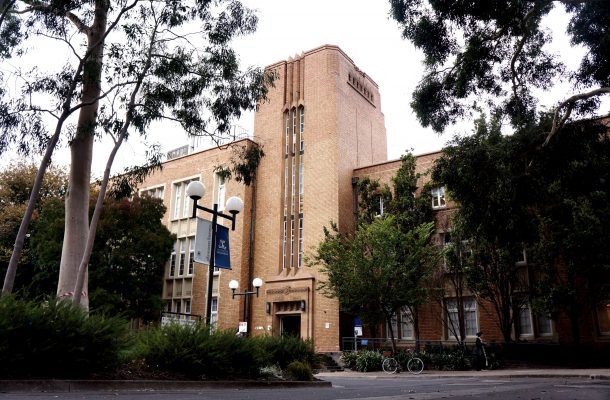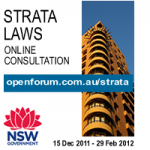Many believe 2019 will be the year Australia overtakes the UK as the second-largest destination country for international students and sit behind the United States.
Last year, AU$32 billion was pumped into the Australian economy from foreign students alone.
On average, international students are Australia’s second-leading revenue source after government grants in the higher education sector.
In this article, we use the University of Melbourne as a case study for international tuition and student enrollment trends as they relate to domestic student trends and inflation.
University of Melbourne International Student Trends
The University of Melbourne places 32nd in Times Higher Education World University Rankings and ranks fourth as one of the leading recipients of international students in Australia.
In 2014, international students represented 31 per cent of the University of Melbourne student population. In a matter of four years, that percentage rose to 46 per cent.
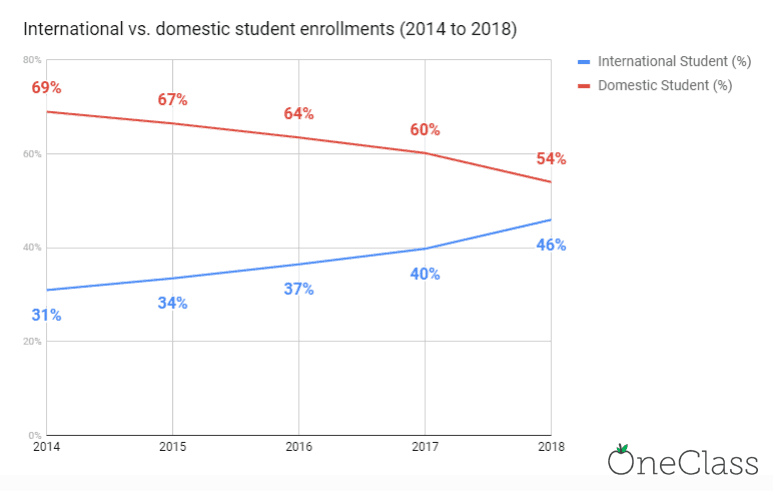
International enrollments were reported to be 42.1% in the University of Melbourne’s annual report for 2018, yet the ratio of international load to total student load, suggests an actual total of 45.81%.
This graph shows the proportion of international and domestic students to the overall student population at the University of Melbourne. Yet, the overall student population grew year-over-year as well.
In other words, the percentage of foreign students comprising of the overall amount of students enrolled grew despite the school having increased their overall enrollments every year from 2014 to 2018.
What this suggests is that international students are enrolling at the University of Melbourne at a far greater pace than domestic students.
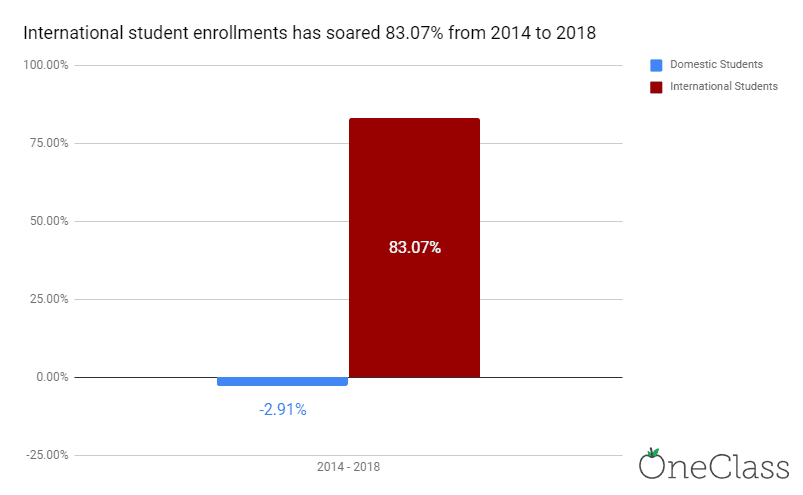
In reality, domestic enrollments has not only slowed, but declined since 2014. In 2014 there were 29,437 domestic enrollments. In 2018 there were 28,579.
In 2017 and 2018, the University of Melbourne saw a fall of domestic enrollments by -0.8 per cent and – 5.5 per cent, respectively.
The last time the University of Melbourne saw a decline in domestic student enrollments was 2013, where the fall was a mere 0.04 per cent.
If the present course remains unchanged, there could be more international students enrolled than domestic students by 2020.
Total enrollment of international students has gone from 13,200 to 24,166 in the period from 2014 to 2018. That is, the percentage of international students enrolled at the University of Melbourne has increased by 83.07 per cent in a matter of four years.
With no cap in place for international student enrollment at the University of Melbourne, international students will continue to eat away at the student population proportion.
In 2018, 4178 new international students enrolled in 2018. That makes last year the largest intake of international students ever by the University of Melbourne.
As more foreign students come to study at the University of Melbourne every year, their tuition continues to increase along with it.
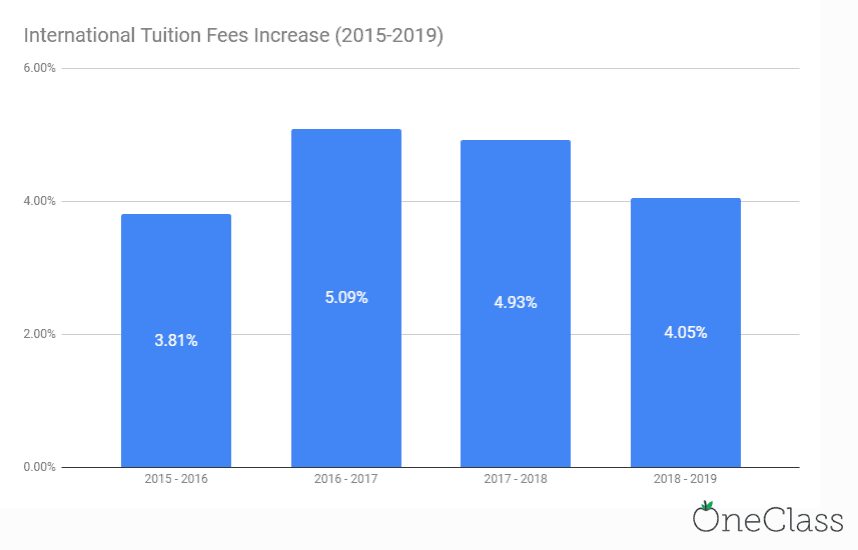
The average international tuition fee increase from 2015 to 2019 was 4.5 per cent.
On average, international tuition fees have increased by 4.5 per cent every year from 2015 to 2019.
For students in the Bachelor of Commerce program, international tuition fees were $33,760 (lower bounds) in 2015. To study in the Bachelor of Commerce program in 2019, it costs international students $40,216 – a 19.12 per cent increase in four years.
The bachelor of commerce program is the primary field of study for international students at the University of Melbourne. In 2017, more than one-third of foreign students chose this program.
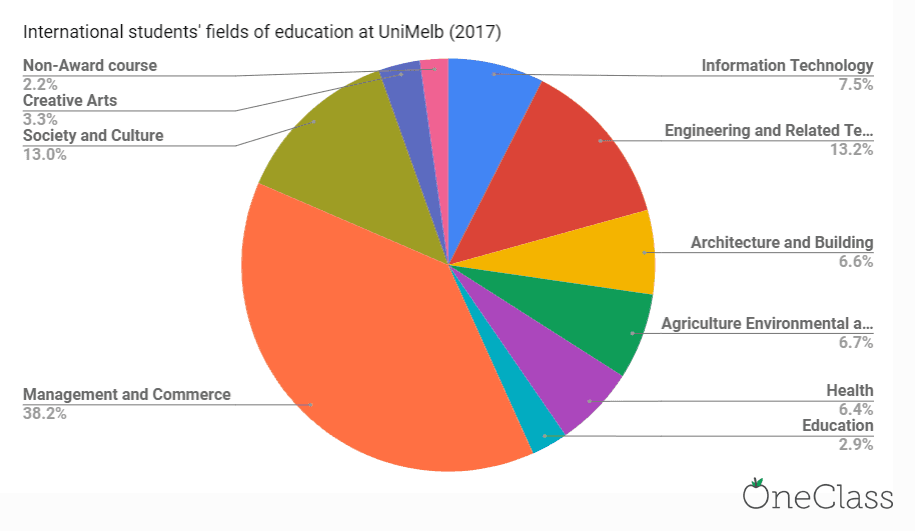
This figure shows the field of study choices of international students at the University of Melbourne, irrespective of the year of study.
Hypothetically, if 38.2 per cent of the total international students (19,988) enrolled at the University of Melbourne’s bachelor of commerce program in 2017, the university would have nearly gained $281 million from international tuition fees alone.
For the majority of domestic students, they benefit from government subsidies known as Commonwealth Supported Places (CSPs). A student receiving a CSP means they do not have to pay the full cost of their course. Instead, they pay a smaller contribution with the government making up the difference.
So a commonwealth supported student pays significantly lower tuition. A commonwealth supported student undertaking the bachelor of commerce program would pay $10,596.
The university would need 29,633 domestic students enrolling in the bachelor of commerce program to match the revenue gained from international students – nearly 10,000 more students.
For commonwealth supported students, the domestic tuition fee has increased year-over-year at a considerably slower rate.
On average, domestic tuition fees have increased by 1.6 per cent every year from 2015 to 2019.
Looking only at the tuition fees for the bachelor of commerce from 2015 to 2019, domestic students saw an increase of $692 to their tuition, while international students saw a whopping $6,456 increase between those four years – a difference of 9.3 times.
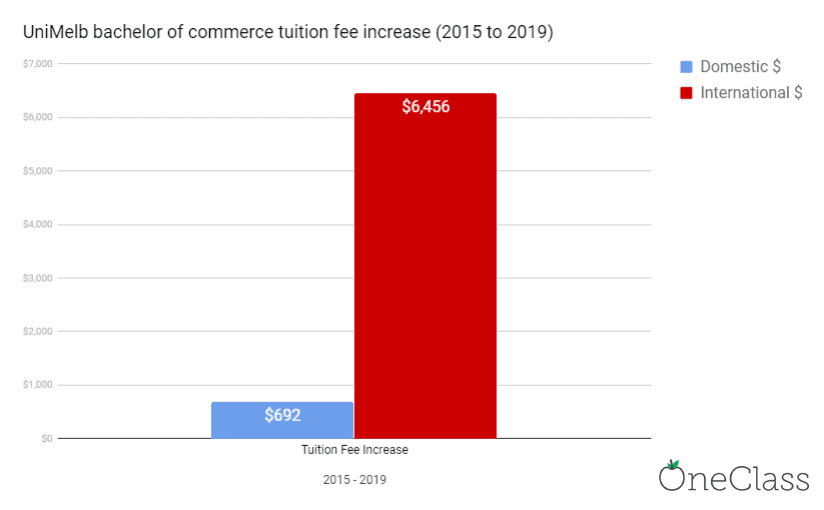
UniMelb’s bachelor of commerce tuition for international students has increased by 9.3 times that of domestic tuition in a span of 4 years.
Student contribution amounts are capped by the government, unlike international tuition fees.
This means that international tuition fees will continue to soar unabated for as long as international students will keep flocking to the University of Melbourne.
Let’s look at how both domestic tuition fees and international tuition fees at the University of Melbourne stacked up against the Australia’s annual inflation rate.
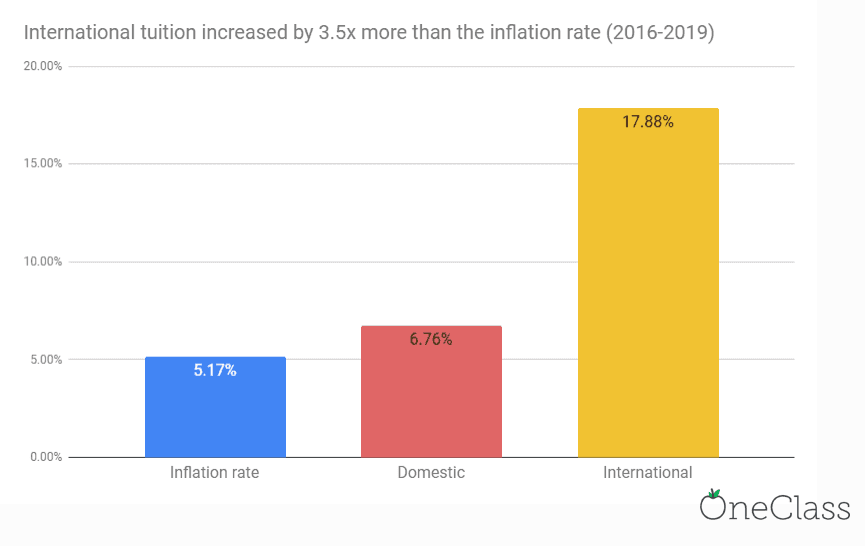
Domestic tuition increases from UniMelb is slightly above the inflation rate. International student tuition is 3.5 times that of the inflation rate in the period from 2016 to 2019.
Using the current inflation rate for 2019 and, again, the bachelor of commerce tuition fees as a reference point, we can see domestic tuition increases has hovered slightly above the annual inflation rates on average.
Using the current inflation rate for 2019 and, again, the bachelor of commerce tuition fees as a reference point, we can see domestic tuition increases has hovered slightly above the annual inflation rates on average.
International tuition, however, has ballooned to 3.5 times that of the inflation rate from 2016 to 2019.
Tuition price increases for international students weren’t designed to keep up to pace with inflation, they were designed to accelerate the rate at which universities like the University of Melbourne could generate revenue.
Especially since the revenue generated from domestic students are only a fraction of what an international student can bring in.
In addition, it’s both prosperous for the school as well as the Australian economy given the purchasing power of the international students coming in.
Conclusion
With the current trends, the University of Melbourne, along with other Australian post-secondary institutions, will continue to enroll more and charge more to international students in the near future.
By our estimates, the University of Melbourne could see international student enrollments surpass domestic enrollments as early as 2020 if present trends are extrapolated to the next few years.
The combination of international enrollment increases and international tuition fee increases will only amplify the revenue generated from the international students in the coming years, and institutions like the University of Melbourne will continue to harvest from them.
While the United States currently leads the world in enrolling international university students, the uneasy political climate in the US under Donald Trump’s presidency could realize into more international student prospects for Australian schools.
At the University of Melbourne, doors are open.
Notes
This article was published by OneClass. Read the original article here. The 2018 Annual Report by the University of Melbourne reported their international student load for 2018 as 42.1%. However, their international load number for 2018 is reported as 24,166, while their total load is 52,745 for that year. This gave us 45.81%, which we rounded to 46%. Previous years did not have this miscalculation.
The data was pulled from the University of Melbourne’s annual reports, which can be found their website:
2018 University of Melbourne Annual Report
2017 University of Melbourne Annual Report
2016 University of Melbourne Annual Report
2015 University of Melbourne Annual Report

